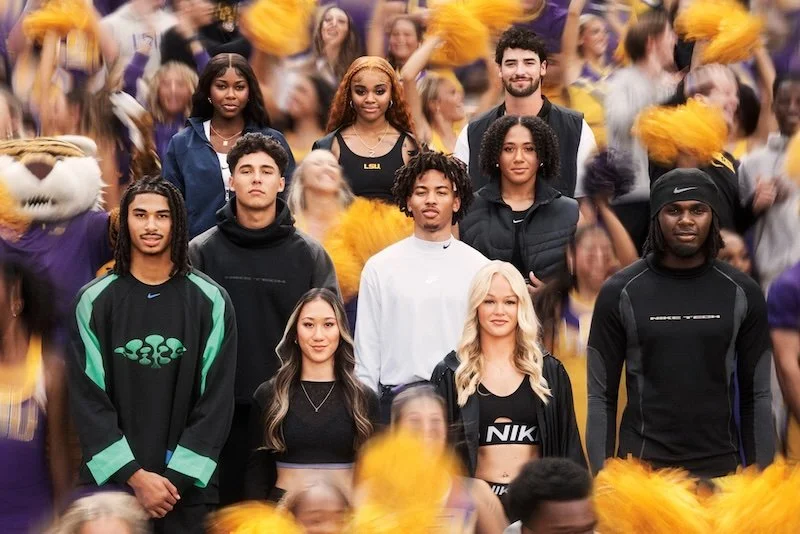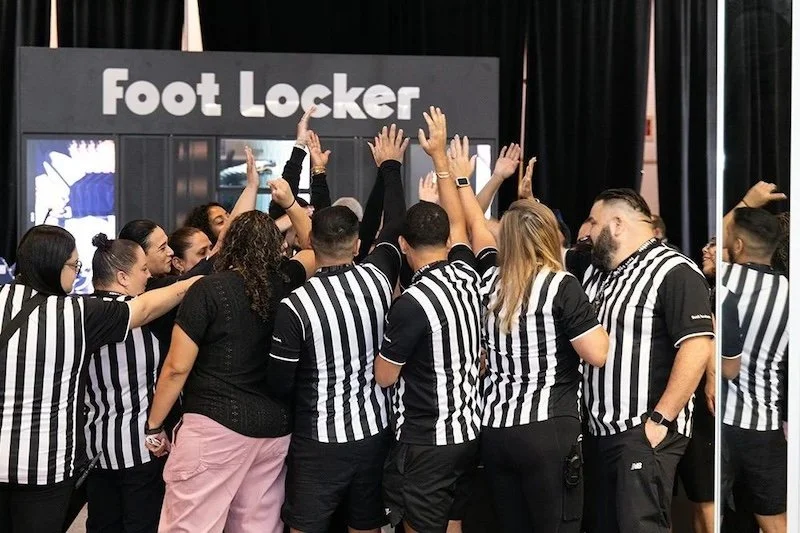Check out this article asking the question: are re-skinned games as popular as original ones?
There are thousands of games out there, many of which have enjoyed enduring popularity. But sometimes, some games are given a makeover, reskinning it and re-releasing it. Do these games have the same level of popularity as the original one? Let's take a look.
What is reskinning?
Before we dive into the success of reskinned games, we're going to take a quick look at what reskinning actually is. Reskinning is the process of taking an existing game and taking its core mechanic and structure, covering this over with a new theme, graphics and, even story, all to create a completely different gaming experience.
Why reskin a game?
You may be asking what's the point of this, but to game providers, there's a lot of benefits. Taking a game that's already a proven hit means there's less time wasted on developing the core game. Instead, cost and time are reduced as the mechanics can simply be reused reducing the overall development time, improving efficiency.
A reskinned game can also reach a new audience. While the mechanics remain the same, the theme and visuals are usually completely different, which means that the game appeals to a completely new demographic. Potentially any way. For some, it's also about leveraging the familiar. Many players like the same gameplay loops that they already know, and simply enjoy a new theme to accompany it.

Photo credit: Unsplash.
Downsides to reskinning games
Of course, it's not always a good thing. Players can be a discerning bunch, and when there's a lack of originality, providers can be called out for their lack of creativity or simply that they are being lazy. This can have a negative impact on the interest and engagement in the newly reskinned game.
There's also the possibility of copyright issues if the reskinning is not done carefully. Reskinned games, if not delivering a good experience, can engender player disappointment and as such, tend not to have the same long-term appeal as the original game.
So, how can it be done properly?
Well, reskins can definitely succeed, and have done throughout the gaming era. But there needs to be a strong, compelling new theme that's been thought through and executed well. If done properly, it can revitalise the game including the original.
Reskinned games that target specific fandoms also tend to work well, as the theme is unique and appealing even if the core game is the same as something else. If used as part of a wider marketing strategy, then cleverly reskinned games can be an excellent tool for brand promotion and getting new partnerships and audiences on board, or even breaking into a new area of the market such as the Western audience.
Successful reskinned games
Across all types of games, there have been successful reskins. For example, in the casino world, the Megaways reels game mechanic took slots by storm. The underlying mechanic was then copied and used in multiple other slots. A notable reskin of the original game was for Gonzo's Quest, which now has a megaways reel version available on Casino Boku which has been very successful.
Other successful reskins follow a simple vein to Gonzo's Quest in that it's just a reworking of the same theme and game. Contra, Contra Hard Corps and Contra III, a series of action games are just reskins of each other with narrative variations. Some reskins have gained such popularity many players don't even know it's a reskin. Street Fighter 2 is a reskin of an earlier fighting game, but is now the industry standard as was the influential game spawning a wealth of games within the fighting genre.
Some games have jumped across markets after a successful reskin. Japan's Dynamite Deka was actually reskinned as Die Hard to appeal to the US audience. Look closely and there are things that don't match between the game and the movie, because it's a reskin.
In short, while some reskinned games never reach the popularity of their originals, others - like Street Fighter 2 - surpass them entirely. Popularity depends on execution, theme, and timing.






























Continue reading…